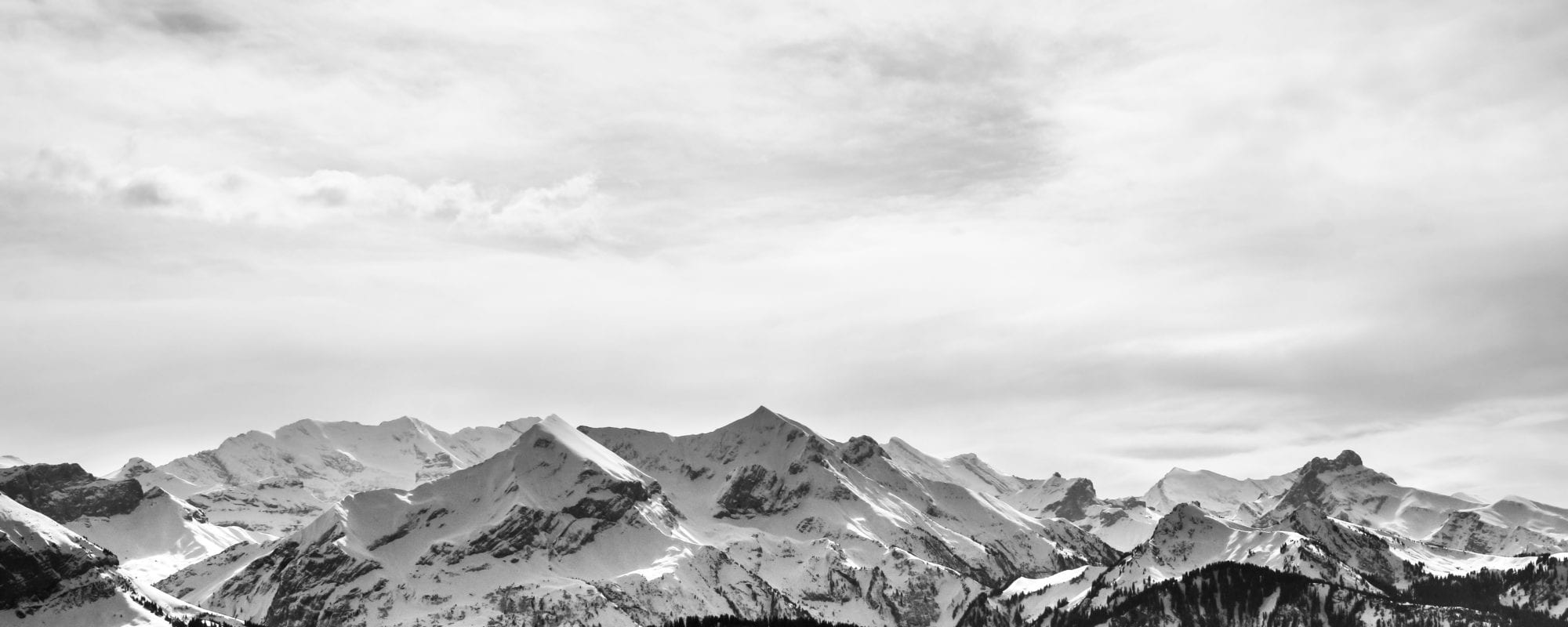Diamond Jenness is a rural school located in Hay River, a town of three thousand residents whose main industries are hunting and diamond mining. Despite being a small school, the principal and vice principal care a great deal about the success of their students. The school is known for its academic success, and focus on technology as a means of expanding educational opportunities for students. For example, the school recently obtained increased internet bandwidth from the province, so they could use video conferencing platforms to expand and diversify educational sources for their students.
“Hay River is caught in between the Indigenous world and the others,” said the vice principal.
Curious about the town’s Indigenous past, I asked an elder at the school why the lakes in the Northwest Territories are called, “Slave Lakes”. This is what he told me: When the Scottish explorer, Alexander Mackenzie arrived in the Northwest Territories, his company enslaved the Indigenous peoples living in the area. He named their language “Slavey”, which is what it’s still called today. To this day, the main river and highway in the Northwest Territories are still named after Mackenzie. So, while Canada seems to have moved on from her past, it’s clear the legacy of our own confederate flags and statues remain. Hidden, yes. But, they remain.
The Indigenous influence is large at Diamond Jenness. Students learn how to play the drum and play common Indigenous hand games. Students also learn how to trap, hunt, snare, and cook hunted animals, lynx and beavers being the two prize animals. From time to time, an elder would take the students on a moose hunt and come back when they’ve caught one; that’s the entire school day. Trees are chopped down to make fire, and snow is boiled for water while hunting. Ice fishing is a common life skill.
During the workshop, I asked the students my standard question: “What are three skills you would need to develop or practice to create the future we want?” One student answered: “Survival skills.” It was, again, an answer I’d never heard before.
One student stayed behind after the workshop. She explained her passion for sustainability and the environment, but she doesn’t think there’s anything that can be done in Hay River. For example, she wants to become a vegetarian, but her father’s a hunter. He brings food home that she refuses to eat, and they fight. They fight often on this subject. But, more generally, it’s hard to get people to change when there’s no alternative. Wood pellets in stoves are the most common way to heat homes in Hay River, and they don’t get natural gas. So, wood pellets and diesel are the most common options.
What can this student do?
This is where we come in.
I connected her with one of our full-time sustainability project consultants (mentors) who provides mentorship for every school, to empower students to take action in their local communities today. As soon as they’re connected, they will identify a local sustainability challenge, analyze it, and develop a solution to the challenge.
3% Project is made for youth, by youth. Youth identify problems. Youth design solutions. Youth lead the implementation. This is true sustainability.
Sincerely,
Steve

